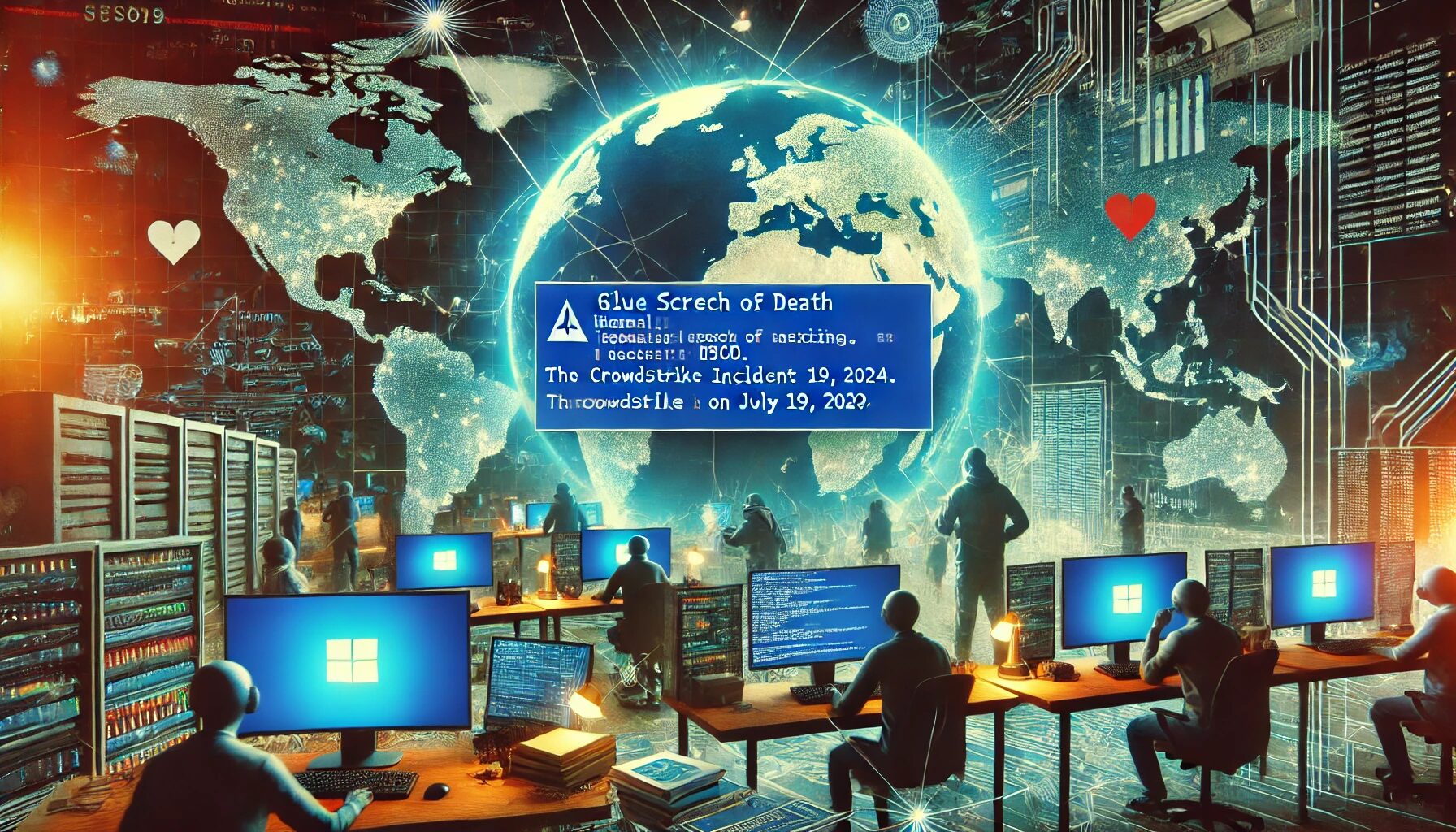Lessons Learned and Path Forward
Overview
Reflecting on the CrowdStrike incident on July 19, 2024, offers critical insights into cybersecurity resilience and operational robustness. This post-mortem aims to analyze what we have learned, the current status of unresolved issues, and how to prevent such incidents in the future.
Incident Recap
On July 19, 2024, CrowdStrike released a sensor configuration update to its Falcon platform, which led to widespread system crashes on Windows machines running version 7.11 and above of the Falcon sensor. This update caused a logic error that resulted in Blue Screen of Death (BSOD) errors on millions of devices worldwide. The incident was not due to a cyberattack but an internal error in the update process.
Lessons Learned
- Infrastructure Resilience:
- Root Cause: The faulty update was traced back to a configuration file (Channel File 291) designed to target malicious named pipes. The logic error in this file caused the operating system crashes.
- Immediate Actions: CrowdStrike quickly deployed a fix within hours of identifying the issue. However, the remediation process required manual intervention on each affected system, which was time-consuming and complex.
- Communication and Transparency:
- Initial Response: The initial communication from CrowdStrike was criticized for being delayed. Subsequent updates were more transparent, explaining the technical details and remediation steps.
- Ongoing Efforts: CrowdStrike has committed to improving communication protocols to provide timely updates during future incidents.
- Incident Response and Recovery:
- Response Time: The incident highlighted gaps in the incident response plan, particularly the need for faster mitigation and recovery processes.
- Enhanced Preparedness: CrowdStrike is now conducting more frequent drills and scenario planning to better prepare for future incidents.
Remaining Issues
Several issues remain unresolved:
- Customer Data Integrity: Ensuring the integrity of customer data is an ongoing priority. CrowdStrike is conducting audits to verify that no data breaches occurred during the outage.
- Service Stability: Continuous monitoring and adjustments are necessary to maintain service stability and prevent future disruptions.
- Client Trust: Rebuilding trust with affected clients is ongoing. CrowdStrike is enhancing service level agreements (SLAs) and offering compensatory measures to affected customers.
Estimated Damage
The full extent of the damage includes:
- Financial Impact: Preliminary estimates indicate that the outage cost top US companies nearly $5.4 billion in financial losses, with only a fraction covered by insurance.
- Reputational Damage: The incident has significantly impacted CrowdStrike’s reputation, affecting customer trust and potential future business.
- Operational Costs: Increased investments in infrastructure, security measures, and incident response capabilities are necessary to prevent future occurrences.
Preventive Measures
To prevent a recurrence, CrowdStrike is implementing several key measures:
- Enhanced Security Protocols:
- Advanced Threat Detection: Utilizing AI and machine learning to identify and neutralize threats in real-time.
- Zero Trust Architecture: Adopting a zero trust approach to minimize internal vulnerabilities.
- Robust Infrastructure:
- Redundancy and Failover: Building more resilient infrastructure with multiple layers of redundancy and automatic failover capabilities.
- Cloud Integration: Leveraging cloud solutions for enhanced scalability and disaster recovery options.
- Continuous Improvement:
- Regular Audits: Conducting frequent security and performance audits to identify and address vulnerabilities proactively.
- Employee Training: Ensuring all employees are well-trained in the latest cybersecurity practices and incident response protocols.
- Customer Engagement:
- Feedback Loops: Establishing regular feedback loops with clients to understand their concerns and improve service delivery.
- Transparency: Maintaining open and honest communication about system health and security measures.
Conclusion
The July 19, 2024, CrowdStrike incident has been a wake-up call for the entire cybersecurity industry. It has underscored the importance of robust infrastructure, transparent communication, and continuous improvement. By learning from this event, CrowdStrike and other organizations can build more resilient systems and foster greater trust with their customers. The journey to recovery and improvement is ongoing, but the steps taken so far are promising indicators of a more secure future.


